Curated by Iavor Lubomirov
Wolfgang Berkowski and Paul Lammertink ~ Tom Estes and Marcel Duchamp ~ Sasha Bowles, Rosalind Davis, Justin Hibbs, Evy Jokhova, Marion Michell, Annabel Tilley ~ Mark Titchner and Grumbling Fur ~ Grey Heron with Hummingbird (Victoria Rance) ~ ATOI ~ Alessandra Falbo and Daniel Lie
Private View: Friday 13 November, 6-9pm
Exhibition Continues: 14 November to 6 December
Friday to Sunday 12-6pm, or by appointment
![]()
The wide-ranging possibilities of collaboration belie the simple dictionary definition of the word. Collaborative art comes in all the varieties and nuances of human relationships, which can be as casual as acquaintanceships, or as full of complications and drama as falling into and out of love; as practical and strong as friendship, or a good marriage; as flighty as flirting; selfless or narcissistic; a coming together of like minds, or a battle of egos. Collaborations can even be solipsistic, or involuntary – like acting out fantasy. One Plus One is a visual essay about collaboration in contemporary art, using a handful of examples to explore the universe of real instances and through its own diversity, adumbrate the wider gamut of what artists are doing.
The last hundred and fifty years of art history are particularly rich in artist-couples whose personal and creative lives often form an indistinguishable, interrelated whole: Kahlo and Rivera, Nicholson and Hepworth, Pollock and Krasner, Gilbert and George – the list is long and varied. ATOI (Amy Thomas and Oliver Irving) append naturally - their personal life is as fused as their practice, as their nom-de-pinceau. However, this pair are known for challenging, appropriative collaborations beyond their own studio, such as their series of architectural performances using street fighters, or their 'collaboration' with a deceased artist whose legacy of canvases they saved from destruction only to wilfully bend to their own visceral vision. ATOI’s contribution to this show, Attest, could be a logo for it. Two life-size steel stretcher replicas readily symbolise the curatorial theme - they are a pair, that's immediate. Then they also allude to support, to a necessity for support, to frailty, to drama.
Of course a pair need not be a couple. This is the first time Wolfgang Berkowski and Paul Lammertink have collaborated in a single work. They have been in conversation about their art practice for more than 25 years, ever since they met studying at the Art Academy in Hamburg. They have exhibited together and at times shared their studios, but they have evolved separately until now. Their first collaboration is an attempt to create a double portrait / self-portrait that combines their opposing approaches into one statement. This exhibition is both a stage and the grounds for working together.
Brazilian artists Alessandra Falbo and Daniel Lie are bridging geography and culture in a long-distance online collaboration between two continents. London based Falbo has been working with São Paulo based Lie to create Bolão – a cake raffle. Raffling is a traditional Brazilian way of fundraising. Here, every raffle ticket buys a slice of cake. The prizes are embedded in the cake – small energised quartz crystals that bring stability, peace and psychic balance to the person who possesses them. The cake is a classic carrot cake, an English favourite, but with an intensely tropical topping. The cake, supporting material, and the staging of the raffle at the private view, form the basis of a work which also perhaps brings the audience into collaboration, but certainly into collusion with the two artists. Raffle tickets go on sale four weeks before the private view. Be sure to get yours!
Collaborators need not come in pairs, they can of course be a group, but nor do they then necessarily have to operate democratically as a collective. Sasha Bowles, Rosalind Davis, Justin Hibbs, Evy Jokhova, Marion Michell and Annabel Tilley have used elements of the Dadaist Consequences parlour game and methods which echo the New York Correspondence School to create Catalyst - a work inspired by a story told by Hibbs of his father and grandfather playing chess by post. Each artist takes a month to play with an artwork which then passes to the next, each appending, dismantling, embellishing, augmenting, obliterating the received work but inevitably also leaving traces and susceping to the art which pre-exists. Thus a collective, in the usual sense of the word is never formed. Instead each artist preserves their autonomy through an act of surrender - the repeated demotion of artwork to art material. As each successive artist takes it on, the previous artist's artwork is de-monumentalised and rendered vulnerable, but also brought back to life, before once again being ‘finished’.
Other collaborations have a seemingly more practical bent. Artist Mark Titchner regularly collaborates with the musicians Alexander Tucker and Daniel O'Sullivan, together known as Grumbling Fur. Grumbling Fur produced the surround sound for Titchner’s video work 'Rose' and performed live as part of its staging at The Royal Festival Hall earlier this year. Meanwhile Titchner made the album cover for Grumbling Fur's last record and the video for their single 'Protogenesis'. But this is not a simple exchange of skills. All three studied Fine Art together and all three have a long-standing interest in music, so that it is not completely clear whether Tucker and O’Sullivan are involved in making art, or Titchner is involved in making music. It is not clear whether Protogenesis by playing in a gallery, is to be seen as a music video, or video art.
Does collaboration require more than one artist? Victoria Rance has pushed the concept itself by travelling from her studio in Deptford to California, in order to meet and work with an alter ego. So while the result is the work of a single artist, its very essence is in collaboration. It is told as a fantasy, a magic fable, with two characters Grey Heron and Humming Bird. Rance’s studio abuts Deptford Creek, where every day she can see the real Grey Heron guarding the water in the twenty first century. His spirit friend, Californian Humming Bird, was alive when Native Americans were coming to grips with the effects of incursions into their territories by the White Man. Humming Bird witnessed the changes in tactics by the tribes from their initial friendly welcome to what they saw as a vast land big enough to share, to later resistance and guerilla warfare as the realisation dawned that the White Man could not be trusted, and that the Natives' reservations were little more than prisons. As Grey Heron faces incursions by developers onto his own territory around the Creek, Humming Bird comes to talk to him to tell him about the brave and wise Chiefs who led the resistance in America. He passes on some of the speeches and successful tactics used by those who survived. Humming Bird whispers in the ear of Grey Heron, and uses other ways to communicate to help save the Creek for future generations of birds like King Fisher, Peregrine Falcon, Swan and the even the spirit of Black Redstart. When the Native Americans realised how desperate their situation was, a movement began with the story of a saviour who would help them, and the Ghost Dance was born as a way of communicating this. It had such a powerful meaning to the Native Americans, that the White Man had it banned. Humming Bird witnessed it and will teach it to Grey Heron. Victoria Rance takes on the mantle of her neighbour Grey Heron and listens through him to the words of Humming Bird.
Performance artist Tom Estes’s work The Time Machine, problematically also proceeds from the notion of conceptual, rather than de-facto co-production. Tom has ‘collaborated’ with Marcel Duchamp. How can that be - Duchamp is dead. Moreover, collaboration implies a two-way process and although Rance's approach may be solipsistic, even schizophrenic, there is no question of will - 'both' parties are willing. In Tom's proposal, the term collaboration becomes malfeasant. But his viewpoint is important, even necessary. All artists are subject to art history - we don't have a choice. Long-dead artists exert their presence in our practice, setting standards of what is art and how it is to be looked at, judged and talked about. How refreshing and fun to have Tom Estes reach back into the past, take Duchamp's hand and lead the grandfather of post-modernism down Este’s own whimsical path. How tempting to argue whether Duchamp would have come along laughing, or kicking. Estes states: “In ‘The Time Machine’ Duchamp and I explore concepts surrounding animation, digital technologies and Science Fiction, which are expanded around flatness versus depth perception, technology, and real and illusory spaces – physical, virtual, the internal, and the external.” According to Estes, Duchamp then goes on to add: “My idea was to choose an object that wouldn't attract me, either by its beauty or by its ugliness. To find a point of indifference in my looking at it, you see”. Duchamp explains further that "the word ‘art’ etymologically means ‘to do’", that art means activity of any kind, and that “it is our society that creates ‘purely artificial’ distinctions of being an artist.” For Estes ‘fantasy’ and ‘illusion’ are not a contradiction of reality, but instead an integral part of everyday life. His work, like Science Fiction itself, serves as a useful vehicle for "safely" discussing controversial topical issues or providing social commentary. By disregarding conventional notions of direction and linearity of time, Estes is able to explore the potential of technology now while standing in a past where technology was an esoteric field. A time when “modernity,” the condition of the Western world fifty years ago, was seen as the end point of progressivism. Science Fiction is closely tied to progressivism, a wholly Western formulation, and the chief concern of Kant, Hegel, and Marx, conceptualized as a rejection of cyclical time (colloquially, history repeating itself – a notion central to Judeo-Christian belief). Estes gestures all this aside, and with it the whole curatorial concept of the exhibition, with a playful, but knowing Nietzschean prank.


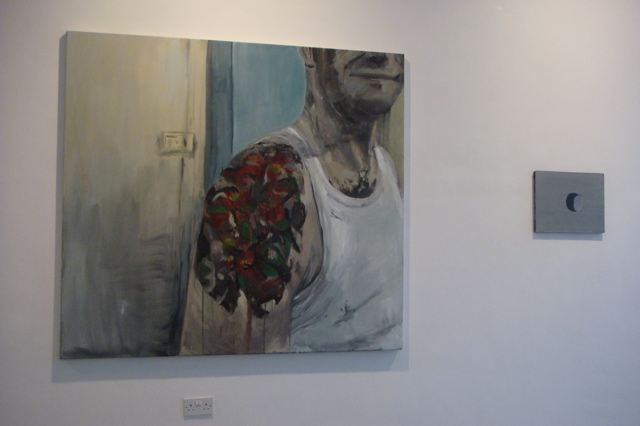
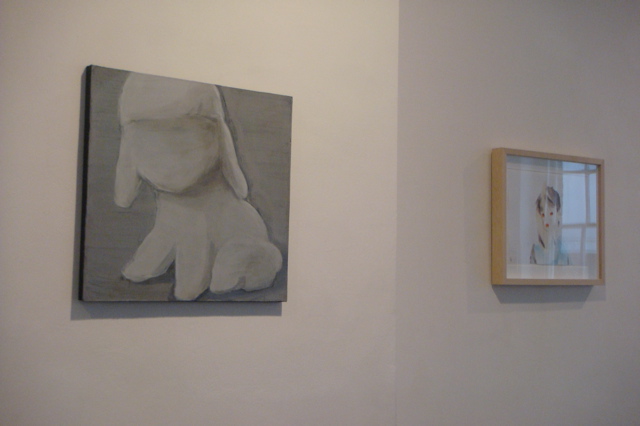
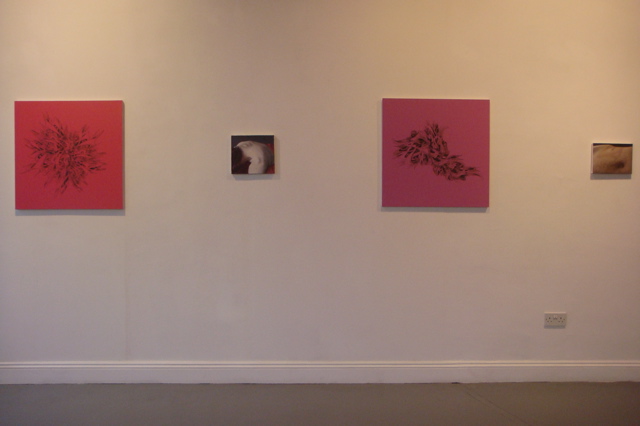

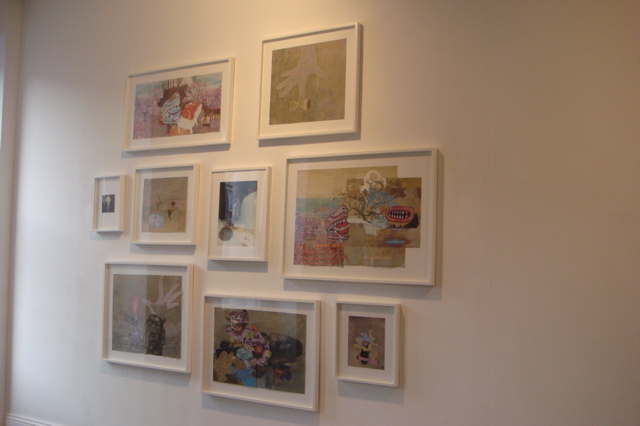

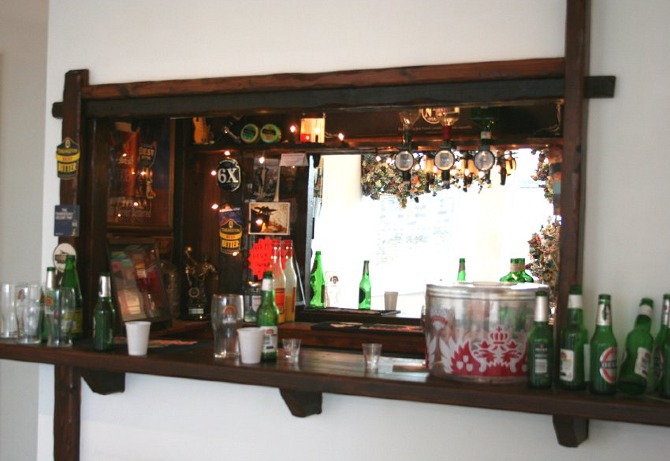

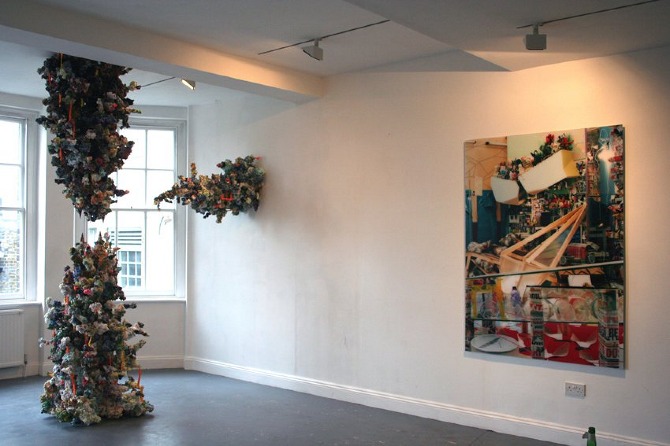

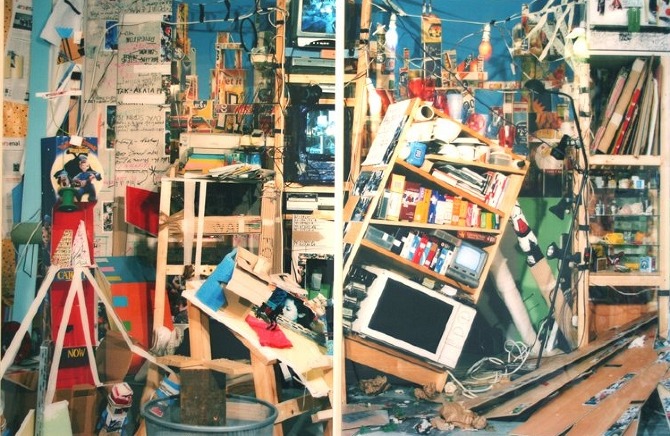
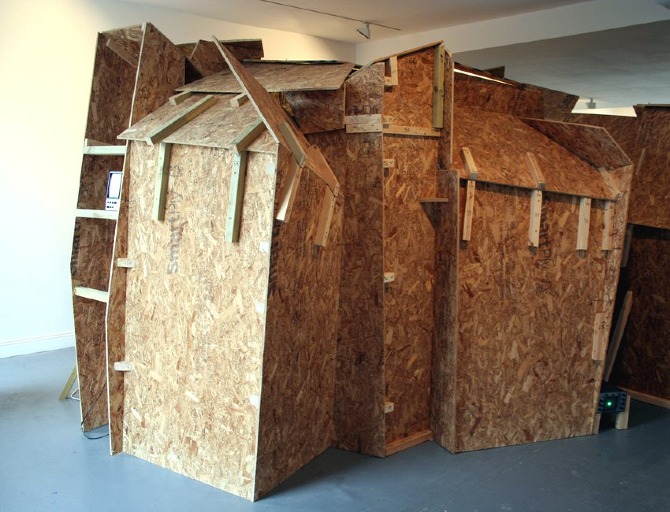
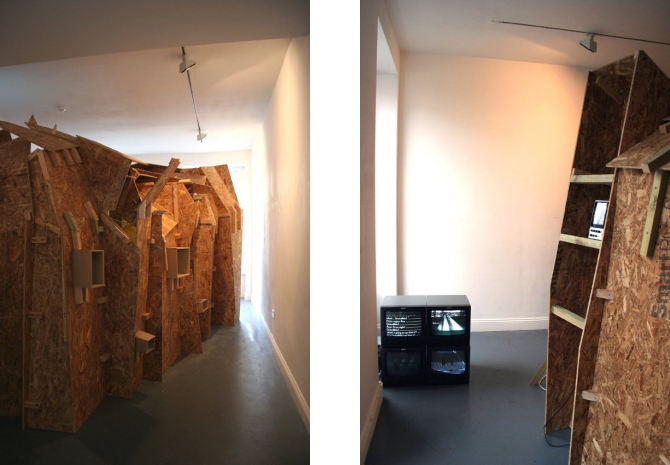
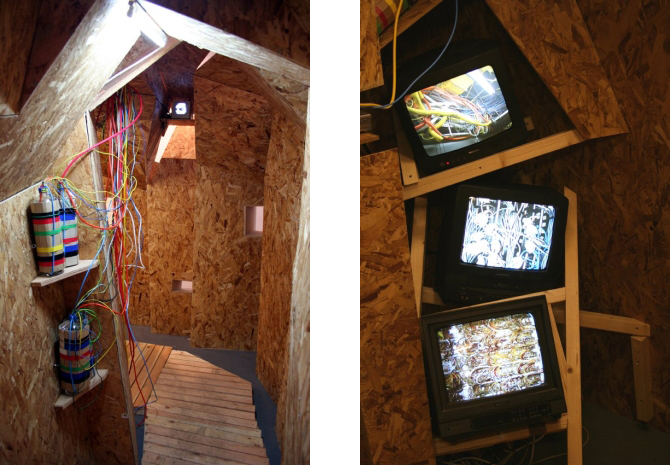

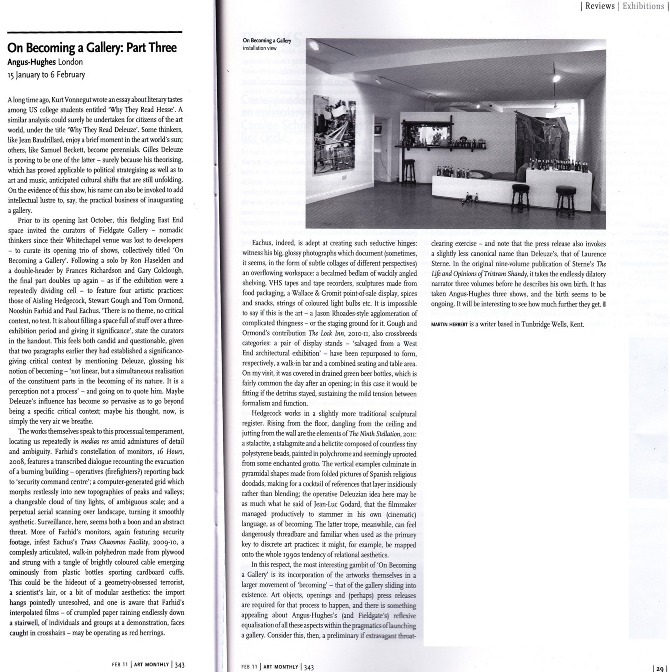




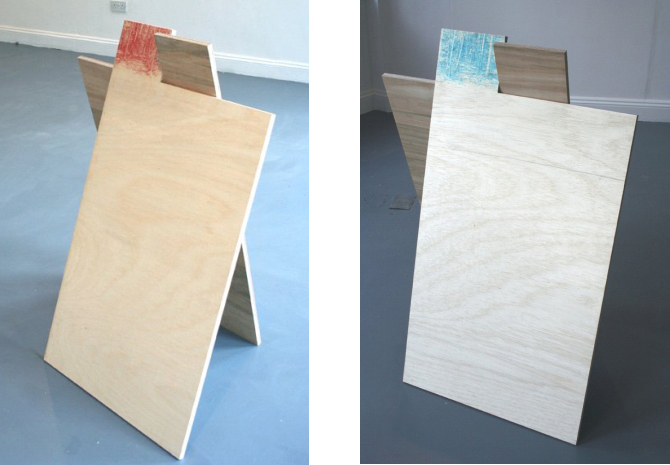





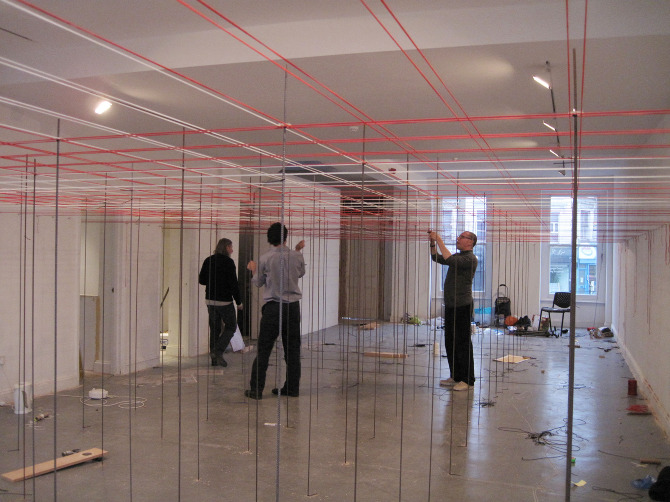
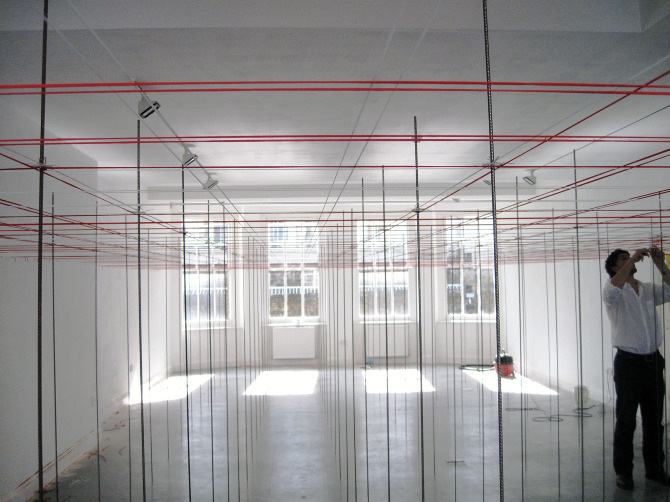
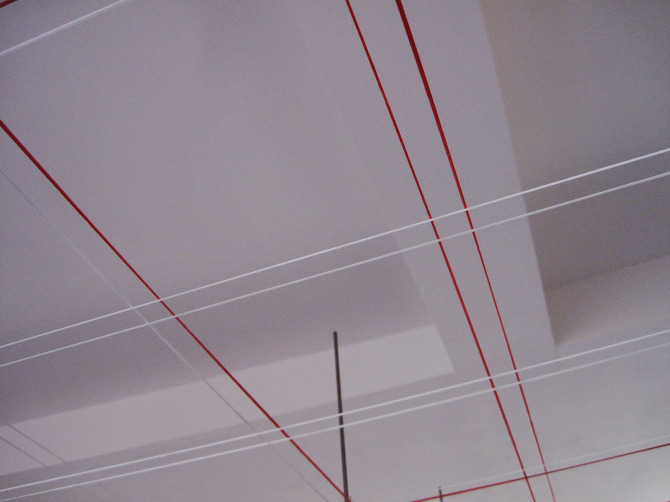


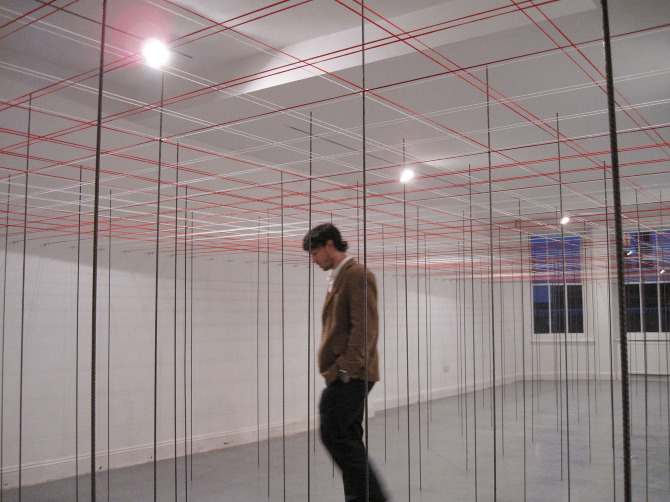

 The wide-ranging possibilities of collaboration belie the simple dictionary definition of the word. Collaborative art comes in all the varieties and nuances of human relationships, which can be as casual as acquaintanceships, or as full of complications and drama as falling into and out of love; as practical and strong as friendship, or a good marriage; as flighty as flirting; selfless or narcissistic; a coming together of like minds, or a battle of egos. Collaborations can even be solipsistic, or involuntary – like acting out fantasy. One Plus One is a visual essay about collaboration in contemporary art, using a handful of examples to explore the universe of real instances and through its own diversity, adumbrate the wider gamut of what artists are doing.
The wide-ranging possibilities of collaboration belie the simple dictionary definition of the word. Collaborative art comes in all the varieties and nuances of human relationships, which can be as casual as acquaintanceships, or as full of complications and drama as falling into and out of love; as practical and strong as friendship, or a good marriage; as flighty as flirting; selfless or narcissistic; a coming together of like minds, or a battle of egos. Collaborations can even be solipsistic, or involuntary – like acting out fantasy. One Plus One is a visual essay about collaboration in contemporary art, using a handful of examples to explore the universe of real instances and through its own diversity, adumbrate the wider gamut of what artists are doing.

 Neuromantics
Neuromantics In 2012-13 painter Seung Ah Paik created a series of works which were only ever shown in Greece in May 2013. Now, for the first time, the series will be shown in London, alongside new and previously unseen work on loan from private collections. Lubomirov / Angus-Hughes are proud to present Autolandscape II. With special thanks to Dr. Violeta Marmon and the Collection of Mr & Ms P Carter Robinson.
In 2012-13 painter Seung Ah Paik created a series of works which were only ever shown in Greece in May 2013. Now, for the first time, the series will be shown in London, alongside new and previously unseen work on loan from private collections. Lubomirov / Angus-Hughes are proud to present Autolandscape II. With special thanks to Dr. Violeta Marmon and the Collection of Mr & Ms P Carter Robinson. Terra Tremula
Terra Tremula Fourteen Turns:
Fourteen Turns: Philip Hall Patch - Salt Field No.3
Philip Hall Patch - Salt Field No.3 Mike Ballard
Mike Ballard











 SIXTY is a curated two-part exhibition in London and Athens predicated on notions of arbitrary political constraints. Sixty works of art will be selected by different decision-making bodies or individuals, including a public vote, and subject to a variety of processes and criteria — physical, financial and political — testing the ability of both artist and curator to navigate within structures offering both real and illusory choices and opportunities.
SIXTY is a curated two-part exhibition in London and Athens predicated on notions of arbitrary political constraints. Sixty works of art will be selected by different decision-making bodies or individuals, including a public vote, and subject to a variety of processes and criteria — physical, financial and political — testing the ability of both artist and curator to navigate within structures offering both real and illusory choices and opportunities.
 Terra Tremula, loosely translated as shaky ground or the opposite of Terra Firma, is an exhibition concerned with precariousness. Pertaining to geology, property, ecology, physicality or surface, it is an examination of instability and tenuous balance. Each artist in her or his own way makes work that deals with the moments before things fall or come apart.
Terra Tremula, loosely translated as shaky ground or the opposite of Terra Firma, is an exhibition concerned with precariousness. Pertaining to geology, property, ecology, physicality or surface, it is an examination of instability and tenuous balance. Each artist in her or his own way makes work that deals with the moments before things fall or come apart.










 {image 10}
{image 10}


















 ‘The ordinary practitioners of the city live “down below,” below the thresholds at which visibility begins. They walk an elementary form of this experience of the city; they are walkers, Wandersmänner, whose bodies follow the thicks and thins of an urban “text” they write without being able to read it. These practitioners make use of spaces that cannot be seen; their knowledge of them is as blind as that of lovers in each other’s arms. The paths that correspond in this intertwining, unrecognized poems in which each body is an element signed by many others, elude legibility.’
‘The ordinary practitioners of the city live “down below,” below the thresholds at which visibility begins. They walk an elementary form of this experience of the city; they are walkers, Wandersmänner, whose bodies follow the thicks and thins of an urban “text” they write without being able to read it. These practitioners make use of spaces that cannot be seen; their knowledge of them is as blind as that of lovers in each other’s arms. The paths that correspond in this intertwining, unrecognized poems in which each body is an element signed by many others, elude legibility.’